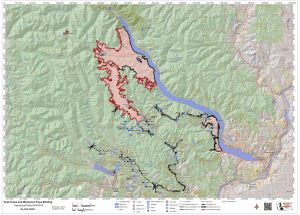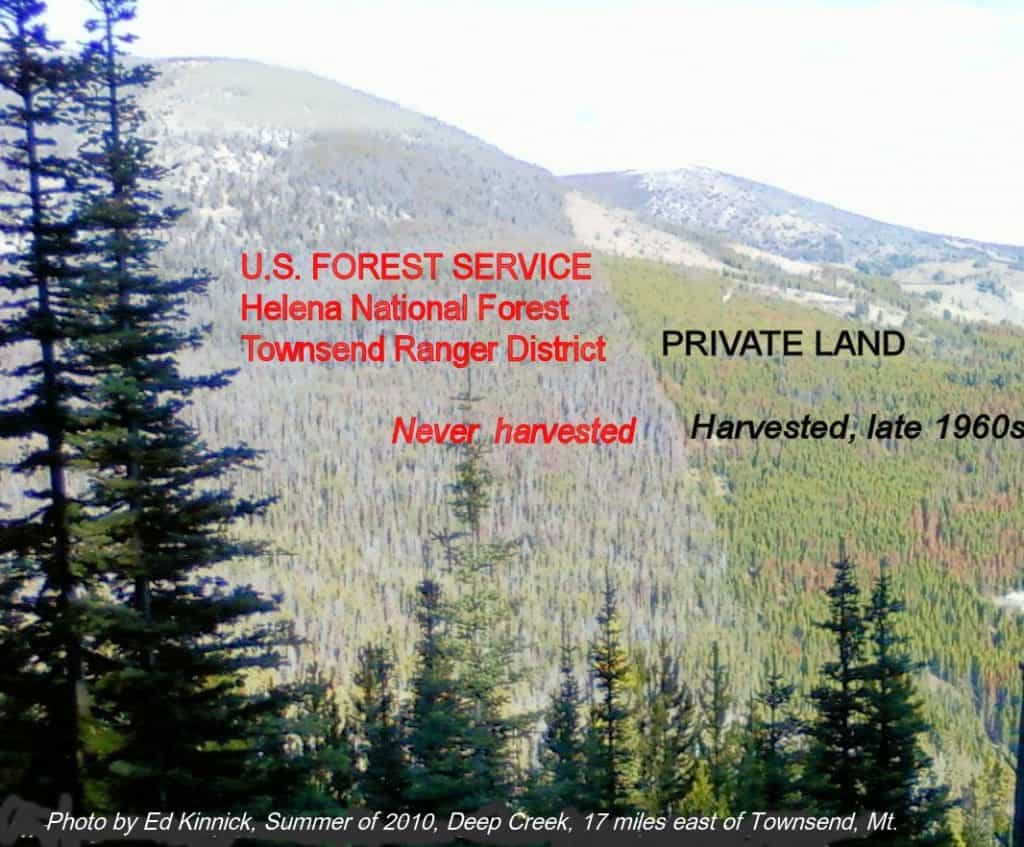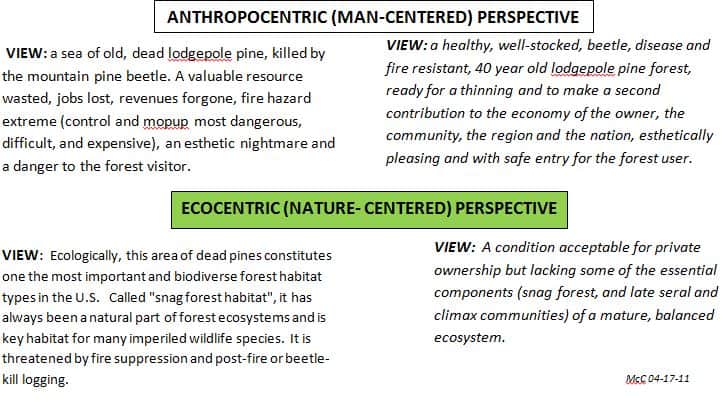The editor of the Flathead Beacon has a new column following up on Weyerhaeuser’s announcement last week that they were shutting down two mills and a large administrative office in Columbia Falls, Montana.
You can read: “What Changed? A lot happened between then, when Weyerhaeuser spent $8.4 billion on Plum Creek, and now” here.
It was interesting to see that in May Weyerhaeuser sold its pulp business to International Paper for $2.2 billion. So too, it was interesting to see that earlier this month Weyerhaeuser sold it’s liquid packaging unit to (Japan-based) Nippon Paper for $285 million. I didn’t know about either of those transactions.
The Flathead Beacon and most of the media coverage in Montana continues to largely ignore another important piece of the puzzle here: something called Real Estate Investment Trusts (REITs).
Ironically, Dave Skinner (sometimes a commenter on this blog) is also a regular Flathead Beacon columnist and he wrote this piece for the Flathead Beacon on REITs and the Weyco-Plum Creek merger back in December 2015.
As I recently pointed out, while Dave and I don’t agree on much, I do agree with much of Skinner’s analysis of REITs, and specifically how it pertained to the Weyerhaeuser-Plum Creek Deal.
Here are some important snips not to be missed in Dave’s article:
“That Weyerhaeuser and Plum Creek are merging might have surprised some Montanans. Not me. Why not? Well, I guess it’s time to remind everyone America’s timber beasts are dead, replaced by a new kind of beast – Real Estate Investment Trusts (REITs)….
REIT’s must pay 90 percent of untaxed annual profit to shareholders, who are then taxed 15 percent on their capital gain. All things being equal, a dollar in a REIT pays back 35 percent more to an investor than a dollar in an otherwise-identical integrated company. In the Wall Street universe, where billions chase hundredths of a point, that was a big fat hairy deal….
Significantly, America’s all-time greatest integrated timber barony, Weyerhaeuser (Weyco for short), held out the longest … in fact, lobbying Congress for tax treatment that would render the company equivalent to a REIT in terms of tax burden and shareholder return. For that effort, in 2008 Weyco scored a reduction in income tax to 17 percent, saving $182 million.
Nonetheless, with REITs paying zero – Weyco kept spinning off mills (and people) in order to get under the REIT manufacturing-asset threshold, converting to REIT in 2010….
REITs aren’t focused on timber, except as a means of generating what stockholders crave – cash.”
Regarding the notion from the Flathad Beacon editor that in 2013 “there was a level of optimism in the [timber] industry” and “housing starts were up”….I’m not sure that’s true.
Well, housing starts may have slowly inched in a slightly upward direction by 2013, but as this chart from the U.S. Census Bureau clearly illustrates, U.S. housing starts are still just a fraction of what they once were.

A rough estimate is that during the period 2000-2006 the U.S. had about 12.45 million housing starts. During the same time frame, but from 2009 to 2015, the U.S. had about 5.95 million housing starts.
That means that the U.S. had a whopping 4.7 MILLION LESS housing starts from 2009-2015, compared with pre-housing bubble burst period of 2000-2006.
Please, let that number sink in for a second. That’s a lot less demand for 2-x4’s, plywood and building materials.
Also, in 2013 the U.S. timber industry knew full well what was coming down the pipe – the October 2015 expiration of the U.S.-Canada Softwood Lumber Deal. Of course, I can’t recall one single timber mill owner, logging lobbyist or politician telling Montana citizens about this. Nope, they were too busy telling the public how a handful of pesky “environmental extremists” were the reason for the timber industry’s problems. In fact, the public was basically keep about the expiration of the deal until the weeks leading up to it.
The Beacon did run this article in September 2015, in which the Montana timber industry finally starts to come to grips with the expiration of the Softwood Lumber Deal with Canada, and also the weak Canadian dollar, which was making the U.S. market much more attractive to Canadian timber corporations.
In fact, in that September 2015 article, Todd Morgan of the very-much pro-industry Bureau of Business and Economic Research at the University of Montana said the economic aftershock will continue to weaken the industry for some time.
“I wouldn’t be surprised to see mills taking some down time, either by shortening shifts or through curtailments,” Morgan said.
Well, that’s exactly what happened. At the end of September 2015 the Beacon reported that “Executives at Tricon Timber announced that roughly half of the mill’s workforce was being laid off Sept. 25, citing the tumultuous American timber market.”
Tricon’s VP said “said low lumber prices, the declining Chinese market and the looming expiration of the softwood lumber agreement between the U.S. and Canada all played key parts in the company’s decision.”
Even Julia Altemus, with the Montana Wood Products Association, who never misses a chance to blame environmentalists, admitted in the article:
“The state’s entire industry is struggling amid this situation. She said the industry has laid off a total of 235 positions since March. ‘People are just trying to do more with less,’ Altemus said. ‘It’s a matter of economics.’”
Also in September 2015, Julia Altemus told Montana Public Radio this:
“If you go back to March 1, about 235 lumber or mill workers have been laid off. That’s a huge hit to the industry and all the mills are suffering about a $2 million to $3 million loss in the first 6-months of the year. [It’s not] been that bad since the first part of the great recession back in 2007/2008….the markets are terrible.”
So just like the Flathead Beacon’s editor asks in his column “What Changed?” I must ask the same exact thing. What DID change from the dire situation outlined above – the results of which were entirely of the result of global economic realities and “terrible” markets.
Well, what changed in one of the largest wood products companies in the entire world came into Montana and purchased Plum Creek Timber Co for over $8 billion, making Weyerhaeuser a $25 billion new kid on the block. Weyerhaeuser’s purchased came with those 880,000 acres of (largely cut-over, entirely unsustainably logged) Plum Creek private timber lands and Weyco jumped whole hog into the REIT shell game that Skinner described so well.
What else changed? Well, we’re in the middle of a heated election cycle so of course all the politicians had to blame someone. So both republicans and democrats seized the opportunity to blame Weyco’s closures of two mills and an administrative office on “activists,” “fringe environmentalists” and the federal government.
I’ve said it before, so might as well say it again. If we’re going to continue to let politicians and big business incorrectly identify the problems, and just blame all the world’s problems on ‘fringe environmentalists,’ how in the world will we have good solutions? Or sustainable communities? Or science-based management of our National Forests, including budgets needed to do all the backlogged bona-fide restoration work?
Maybe that will change too…but I’m not counting on it.



